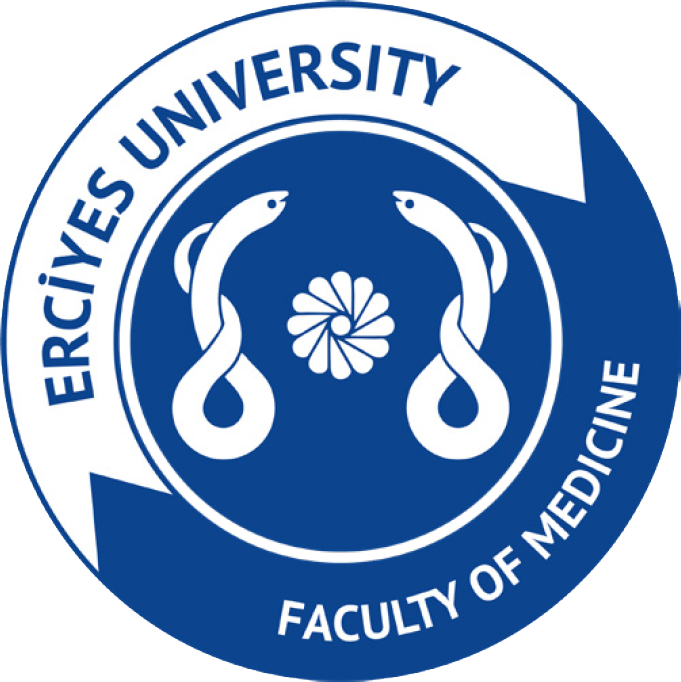Abstract
Objective: This study addresses the skin cancer classification problem using transfer learning, comparing different learning architectures and investigating the effects of pre-processing techniques and hyperparameter tuning on model performance.
Materials and Methods: Two datasets were used for binary and multiclass classification tasks. For binary classification, the International Skin Imaging Collaboration (ISIC) 2019 and 2020 datasets were utilized, while the ISIC 2019 dataset was used for multiclass classification. Pre-processing steps such as DullRazor, Histogram Equalization, and Gamma Correction were applied, along with techniques like data augmentation, early stopping, and learning rate reduction.
Results: In binary classification, the ResNet50 model achieved the highest performance with an accuracy of 0.8869 before hyperparameter tuning, while the Visual Geometry Group 16 (VGG16) model outperformed others with an accuracy of 0.9017 after tuning. For multiclass classification, DenseNet121 initially showed the best accuracy of 0.8271 without hyperparameter adjustments. However, after tuning, the VGG16 model again delivered the best performance, achieving an accuracy of 0.9292. Additionally, models such as ResNet50 and MobileNetV2 also demonstrated strong results, confirming the critical role of both pre-processing and hyperparameter optimization in enhancing accuracy.
Conclusion: This study demonstrated the effectiveness of transfer learning models combined with pre-processing techniques and hyperparameter tuning for skin cancer classification. Both classification tasks showed significant performance improvements using these methods. The VGG16 model achieved the highest accuracy in both scenarios, highlighting its potential for further development in dermoscopy systems to assist dermatologists in diagnosing skin cancer. Future research should explore a broader range of datasets and refine pre-processing techniques.


